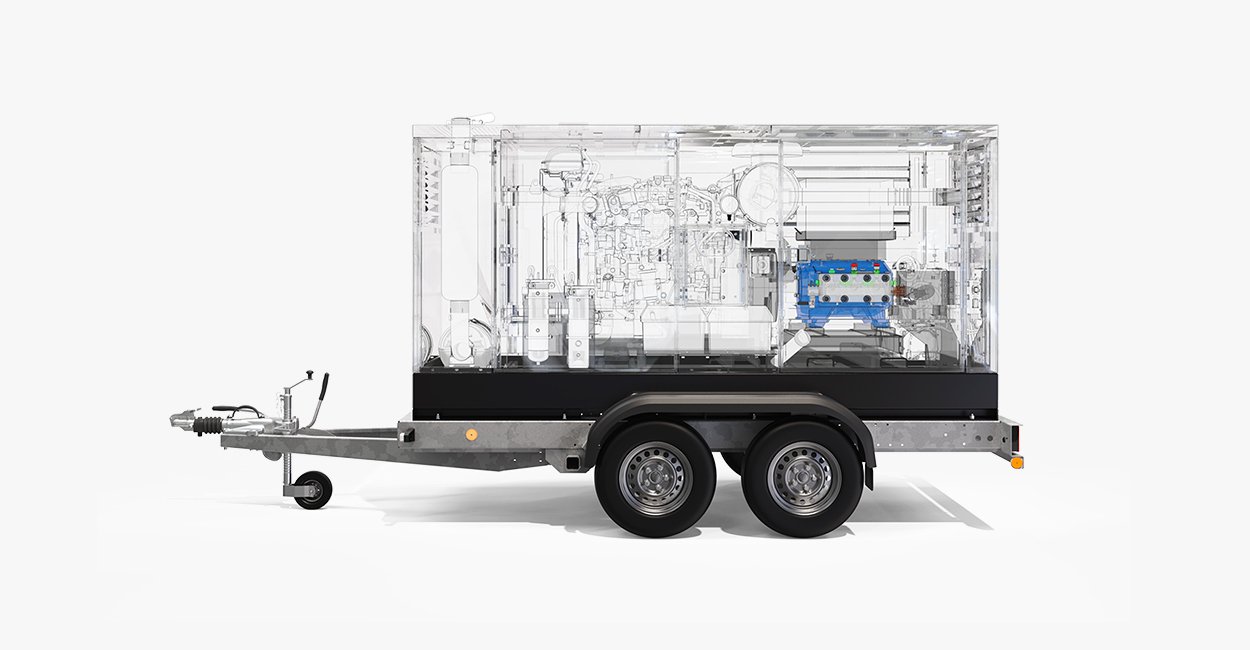Want to grab attention with stunning visuals? Here’s how we do it.
At Papa Bravo we don't just create pretty visuals. The content we produce helps to form a narrative and tells a compelling story around your product.
Our goals is to help put you in the strongest position possible when it comes to selling your idea or product. We caught up with our senior product designer Ross who creatively assembles press-packs and marketing materials.
Firstly, its imperative to understand the use-case for the visuals. I want to know where they are going to sit and how will they be viewed. For example are the visuals going to market a new product and sit alongside others in a brochure. Or are the images going to be used on trade show banners and posters. Perhaps the quality of the final output is not imperative at this stage and the visuals are simply sitting in a powerpoint presentation. Maybe the sole purpose of the visuals are to gauge a reaction.
Here at Papa Bravo we can create still images, animation video files or interactive XR content which sits on a web page.
All of these different media types can help to tell a story effectively. By having a good idea on where your content will be situated will in turn help us to advise the best content option for you moving forwards. If you can identify this early on it can help us to provide a more accurate cost and timescale later down the line.
The next thing I want to understand is data. Firstly, have you got any to begin with and do you understand it's quality. If you haven’t got any we’ll have to go back a step and create the 3D data from scratch. Visuals can’t be generated without the 3D data. This information has to be loaded into the rendering software as a prerequisite. If you do have data but don't fully understand the quality I'll normally open up the file and spend a good 20-30 minutes going over the model looking for any problem areas. This action is normally a preliminary task prior to starting the rendering work.
Sometimes there are instances where the data isn't fully defined or completed, there could be areas missing for example. In which case I will often jump on a call, highlight these and suggest options moving forwards i.e remodelling or alternative views or camera angles. It all depends on the areas of focus and which sections of the model are a higher priority. It all depends on what you're intentions are with the material and what you're hoping to gain.
Following this, I will often ask for any reference material or images relating to a linked product, previous version or material sample. The higher the quality of these reference materials the greater chance the final output will be closer to the desired final result.
Finally I’ll want to understand from you the desired image style. Have you got any examples of images you have seen before that you’ve liked.
For example, would you like the image to create as much drama as possible, perhaps high contrast images which really pop on the page? I’m talking about really dark backdrops and intense lighting.
Or
Do you want the images to reflect super realism with an appropriate background or studio style setting?
Again, having a really strong understanding or idea of what you're trying to show or highlight can have huge time-saving benefits further down the line. Factoring all of these points into consideration at the beginning of a rendering project can help to save time and costs in the long run and will ensure stunning, high quality visuals.
If you have any visuals you want to create or you’d simply like to understand how we can help. Contact us and a member of our team will be in touch.

